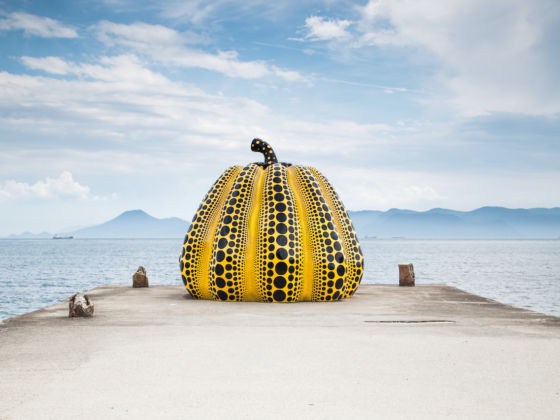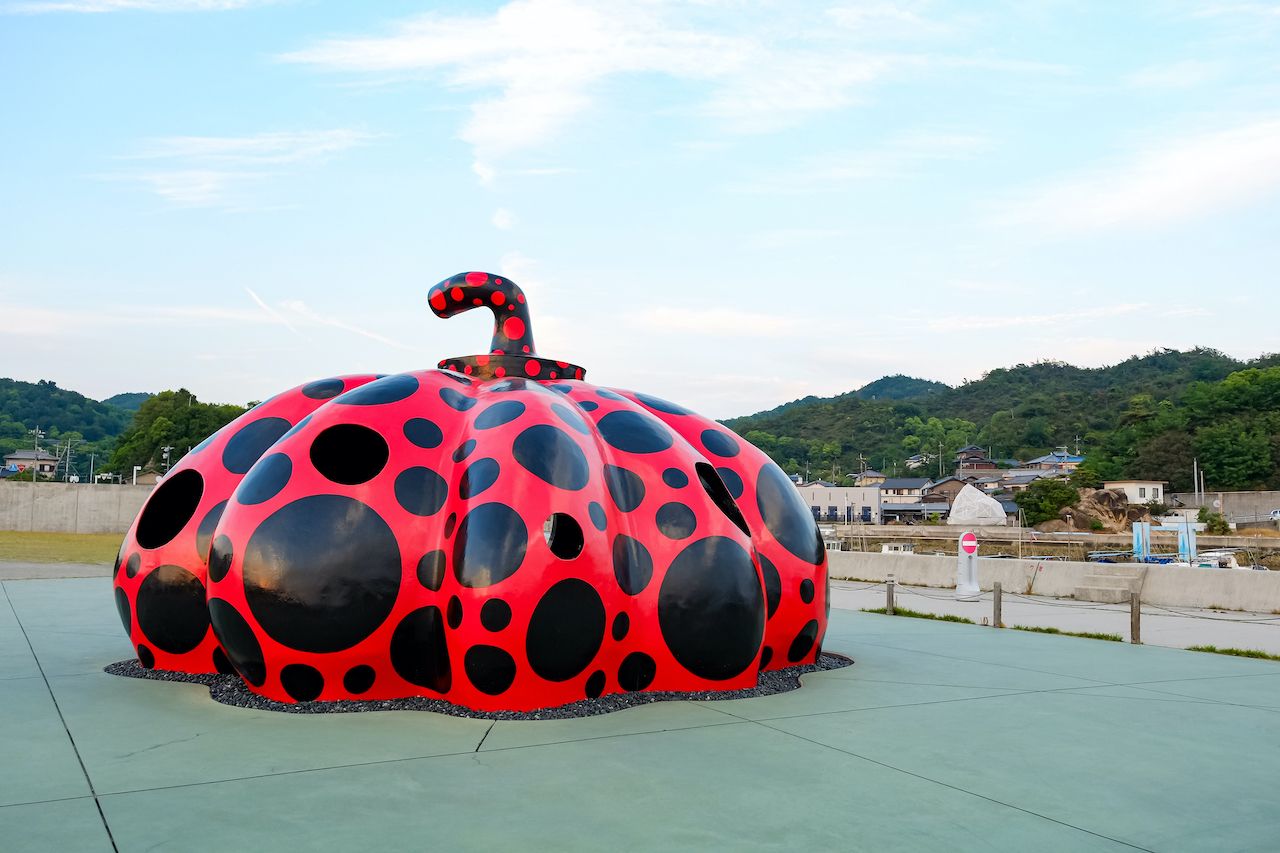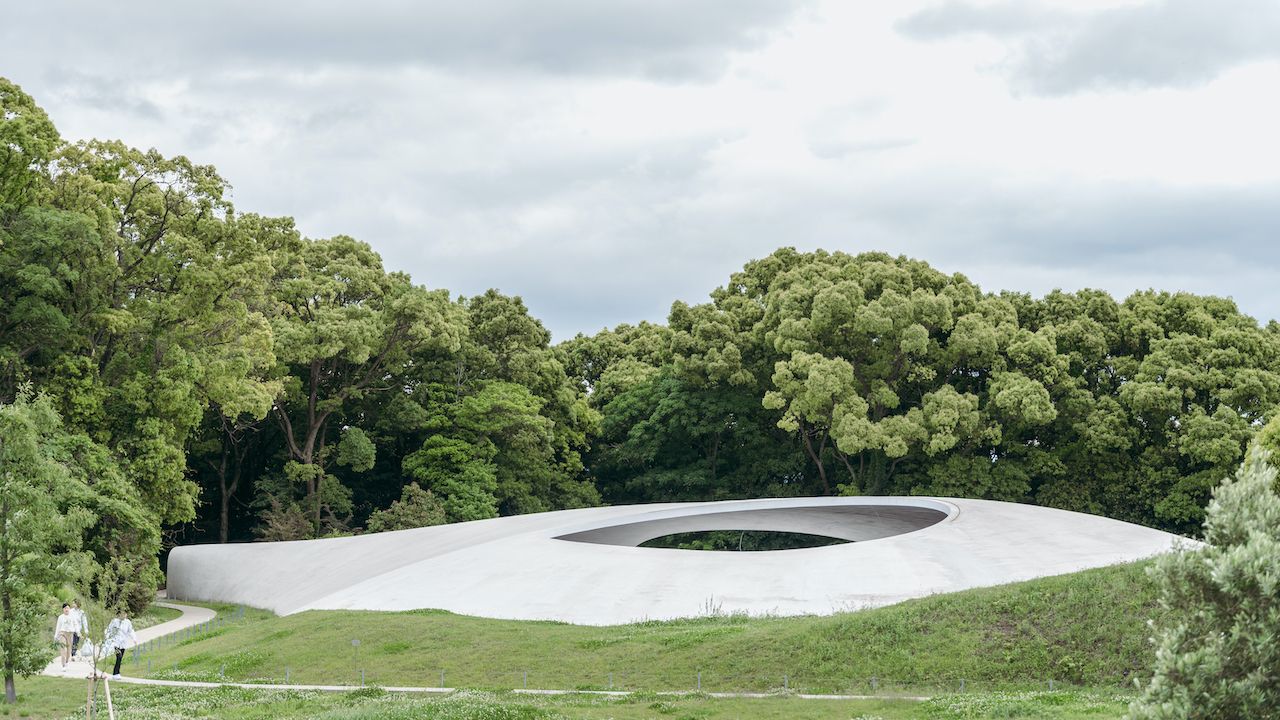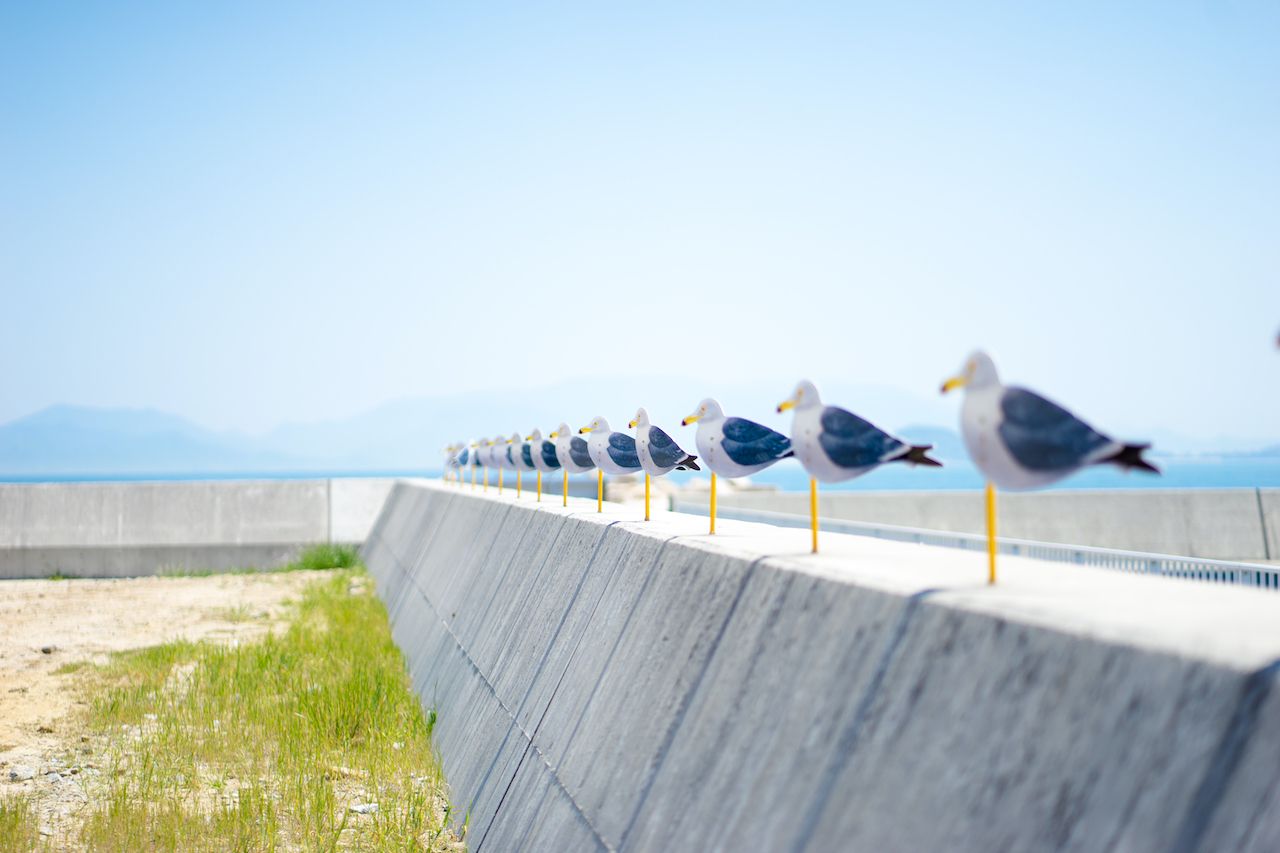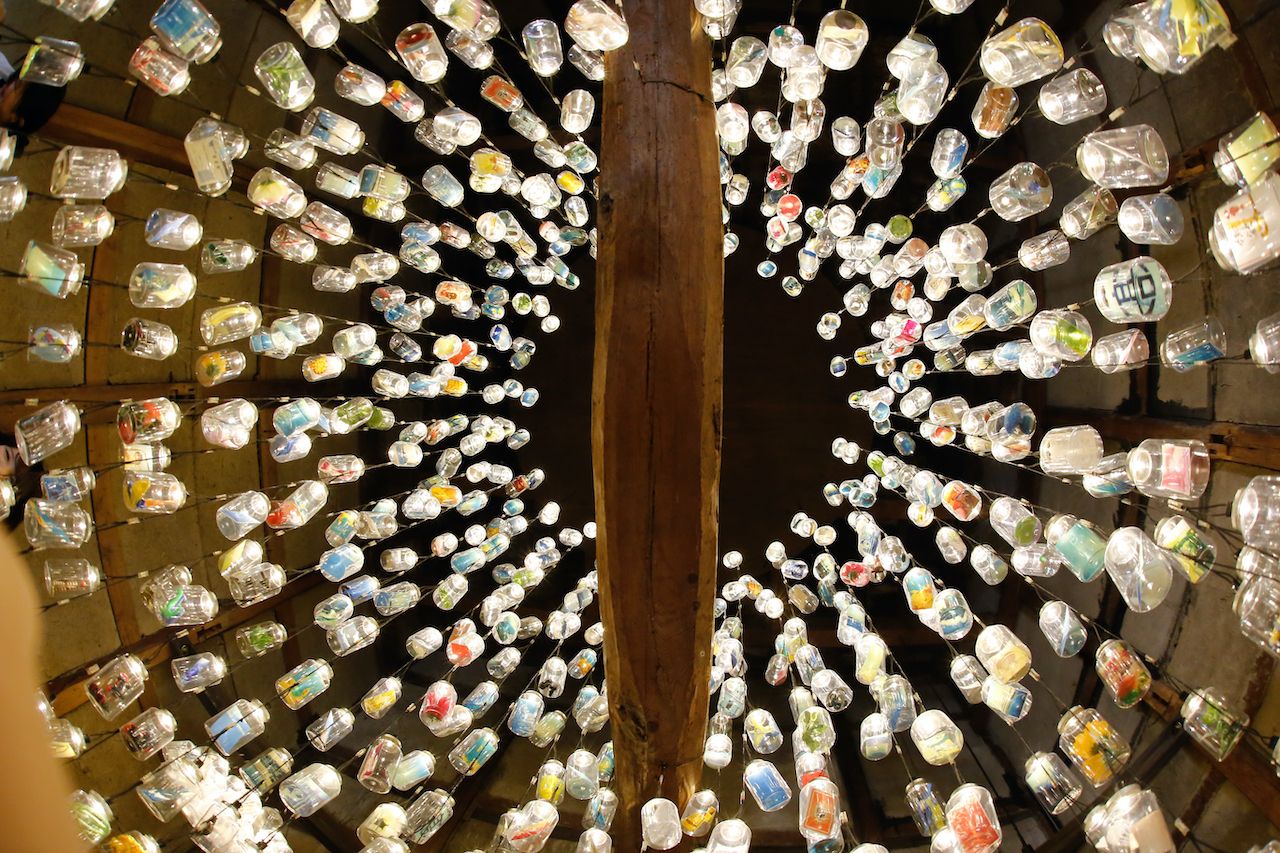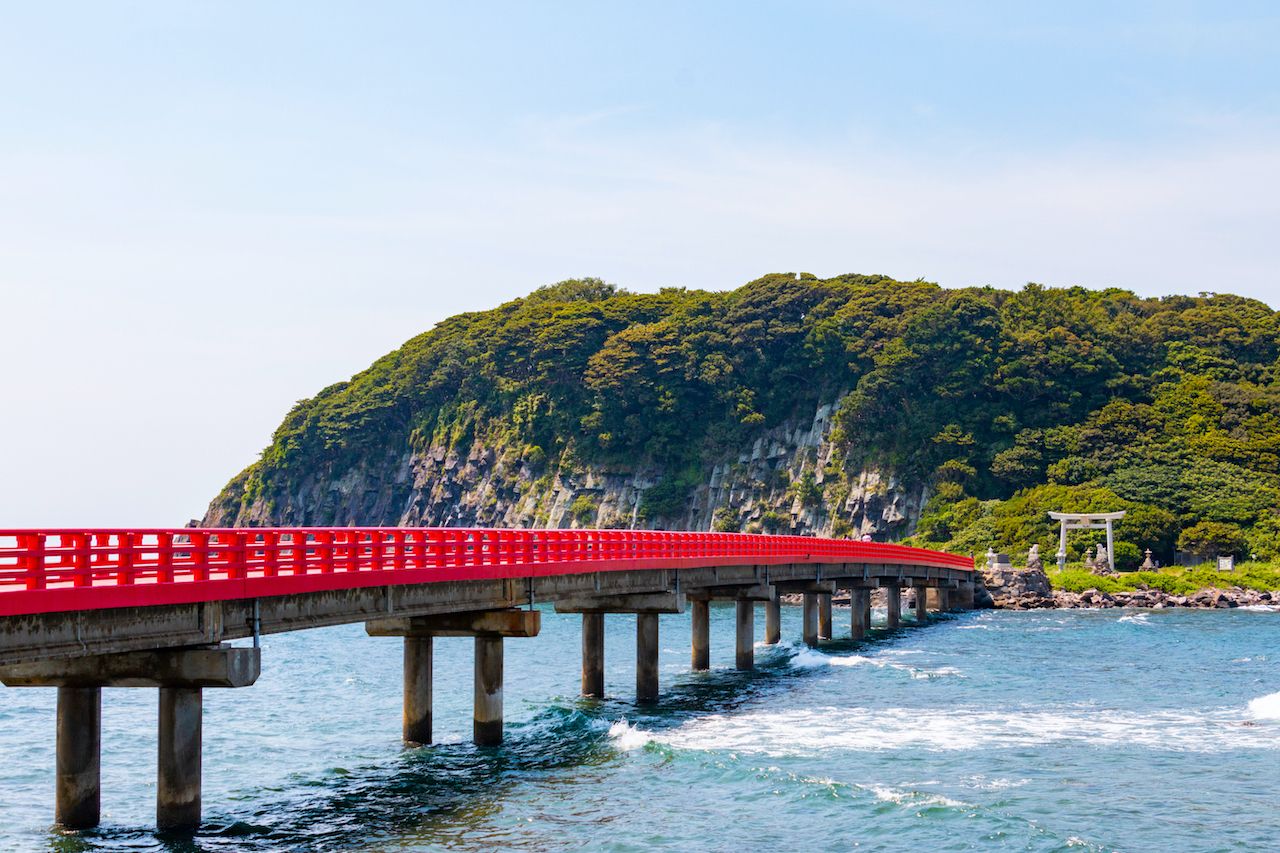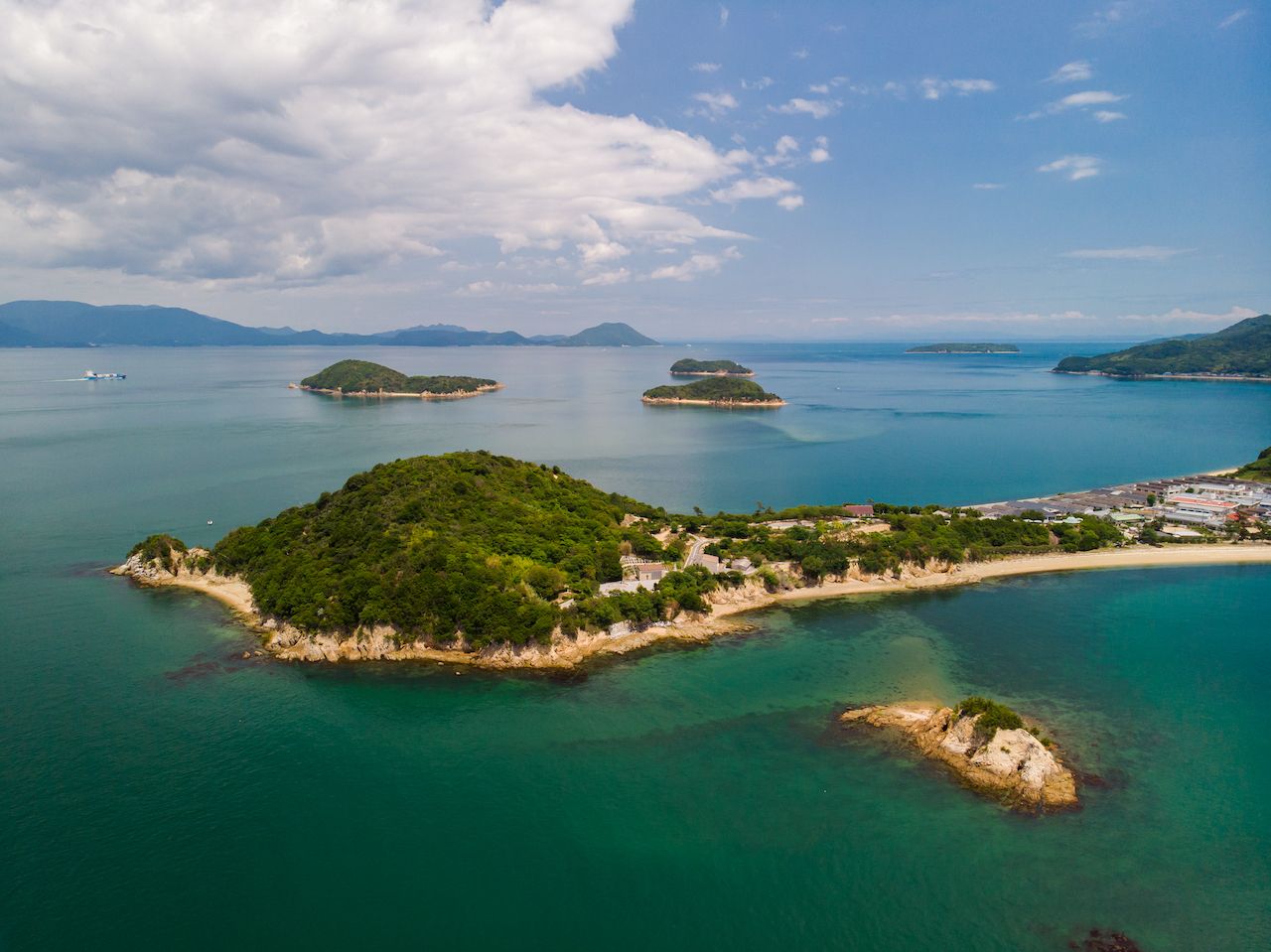Japan’s Seto Inland Sea is a placid stretch of water cushioned between three of Japan’s main islands — Honshu, Kyushu, and Shikoku — populated by a hazy, pine-cloaked archipelago of some 3,000 islands. Twelve of these, known collectively as the “art islands,” are home to contemporary artworks and exhibits that have become an integral part of the islands’ scenery. They’re found scattered along sandy shores, in the abandoned buildings of ancient villages, and hidden along trails in the dense coniferous forests.
Like most rural, island communities in Japan, the Seto Inland Sea demographics represent a systemic problem: few young people, rapidly declining birth rates, limited education options, and next to no sustainable working opportunities beyond farming and fishing. Rather than simply working art into a sublime setting, this visionary project around the islands looks to breathe new life into these towns and villages that need it most.
